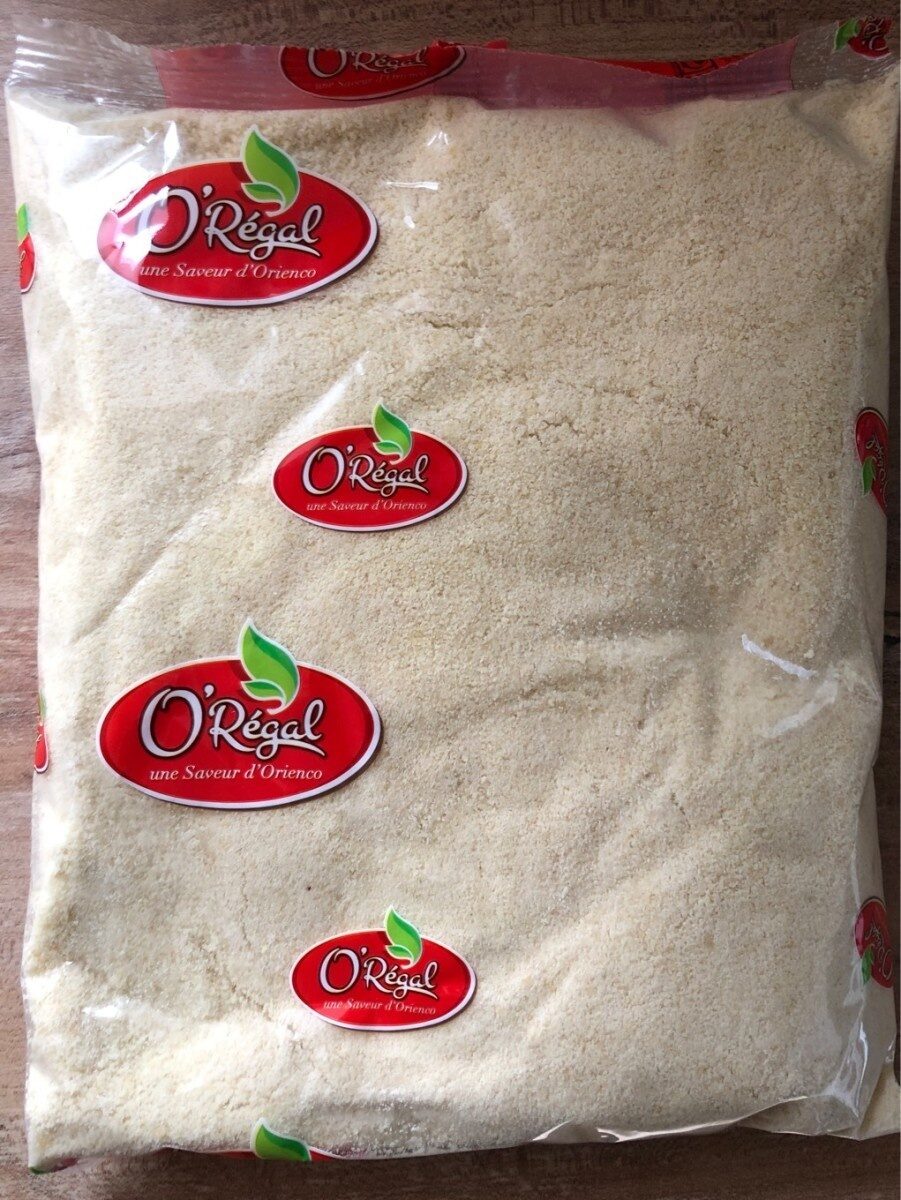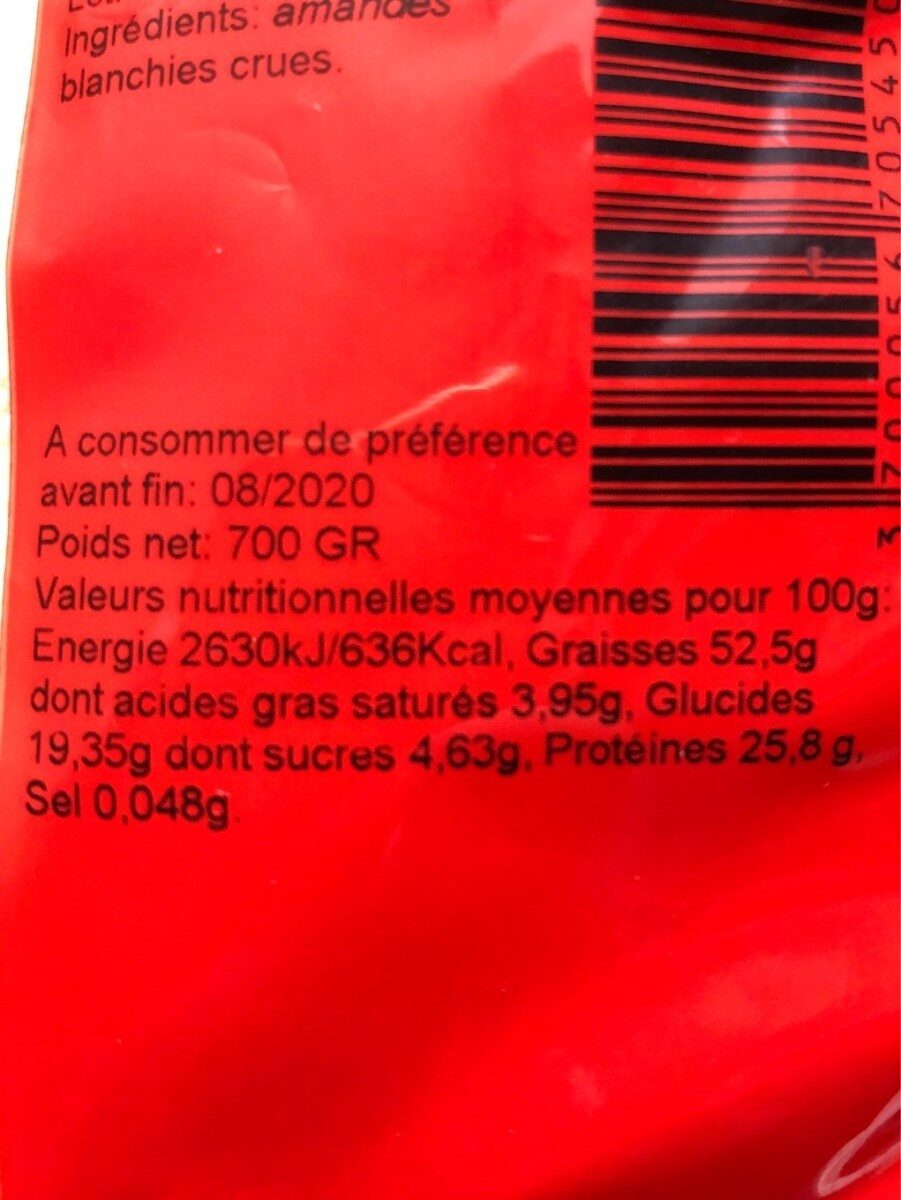Poudre d'amande blanche - Boni
This product page is not complete. You can help to complete it by editing it and adding more data from the photos we have, or by taking more photos using the app for Android or iPhone/iPad. Thank you!
×
Barcode: 3700056705450 (EAN / EAN-13)
Brands: Boni
Categories: Plant-based foods and beverages, Plant-based foods, Fruits and vegetables based foods, Canned foods, Desserts, Canned plant-based foods, Fruits based foods, Canned fruits, Fruits in syrup, Canned mixed fruit in syrup
Stores: Colruyt
Matching with your preferences
Environment
Packaging
Transportation
Report a problem
Data sources
Product added on by kiliweb
Last edit of product page on by guezguez-majed.
Product page also edited by openfoodfacts-contributors, packbot, segundo, tacite-mass-editor, teolemon, yuka.ZS9rZEhMd2RwOGdKc2NZYXhVcng0L0JwM3FlYlhWNjVON0VRSVE9PQ, yuka.ZXFJQkVhYy90NklLd1BJdzRBTFV5dE52bnM2MUJqL3JNK01ySVE9PQ.








